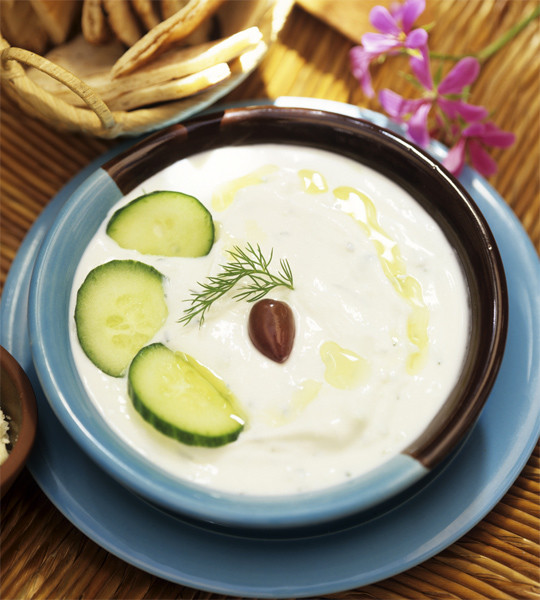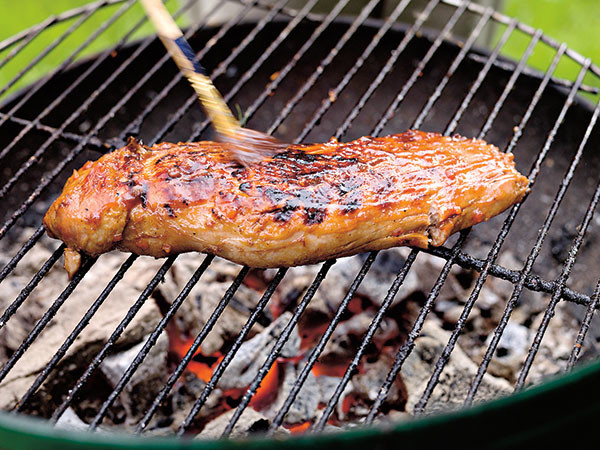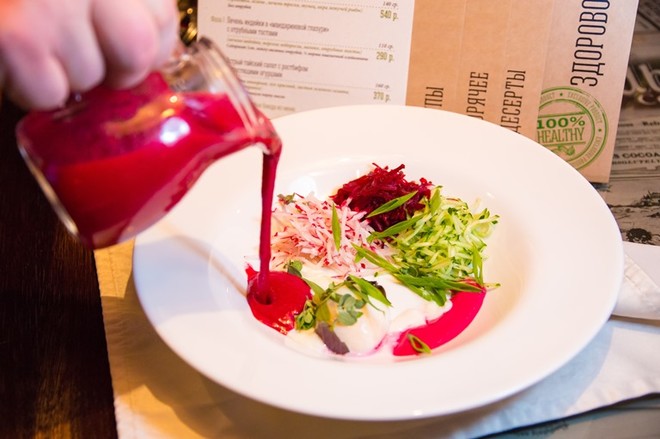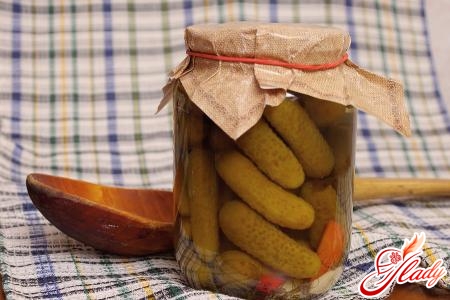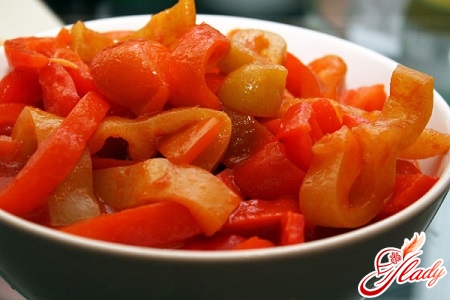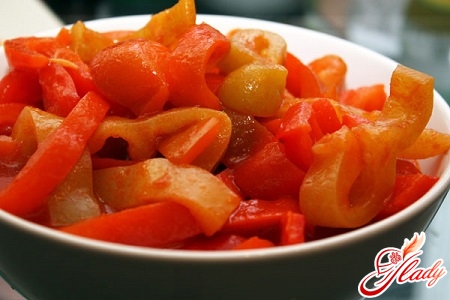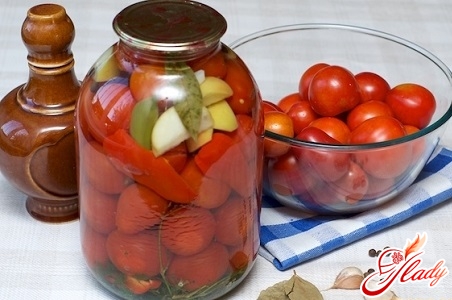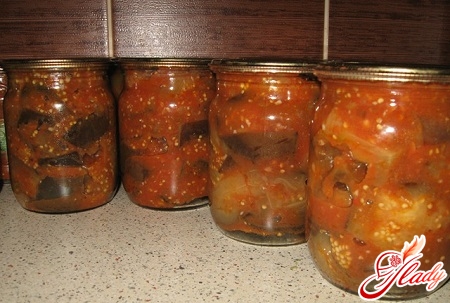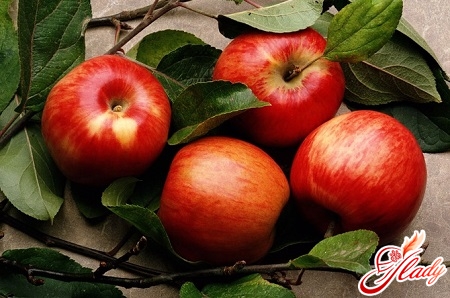
Hardly anyone does not like to eat pies fromapples, especially if the yard is winter and the body lacks vitamins, and just want a fruit mood. Is it possible to compare the apple flavor of homemade cakes with any purchased confectionery based on chemical flavors and flavor enhancers? Any housewife is able to please herself and her family with real home-made apple pies all winter, just by applying a certain amount of effort and time during the summer-autumn harvesting. Fortunately, apples in our latitudes are not exotic and they grow in almost all gardens and household plots. Even without having their own grown fruit, the filling for pies from purchased apples will be no less tasty and useful. It is enough to choose the most suitable recipe and get down to business.
Preparation of pieces in cans
This method of baking pie applesquite simple, and the fruits are different in that they preserve both the appearance and taste of almost fresh apples. Such a billet is perfect for baking pies and charlottes, and you can simply eat them without any baking. Suitable for almost any variety of apples, but the most optimal are acidic solid varieties, such as Antonovka. Such apples will retain their shape and taste and will not degrade into a puree state. Apples are cut into four parts. The core, the peduncles and the wormholes inevitable for domestic apples are removed. Next quarters are cut into smaller pieces of the size that is usually used to add to the baking. For 1 kg of these pieces are taken 200 grams of sugar. The apples are sprinkled with sugar and allowed to stand for about an hour, in order for the mixture to release a little juice. Then everything is brought to a boil, immediately decomposed into sterilized jars and rolled up with lids. 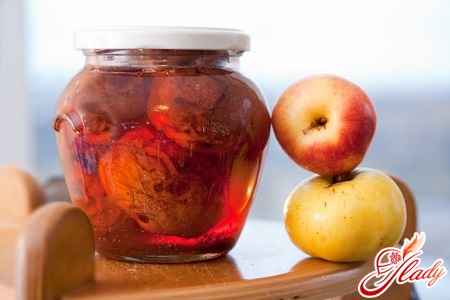
Billets without boiling
For this method, the soft andsweet summer varieties of apples. Fruits are cleared from the core and damage, and then rubbed on a large grater or they are rubbed with the help of a food processor with a nozzle making large chips. And you can just chop them, but it takes much more time. Prepared in this way the mass is mixed with sugar to taste, so it was not too sweet, and stacked in jars, lightly ramming the apple mixture, leaving a couple of centimeters on top. Further, the full cans are sterilized within half an hour and rolled up with lids. Such a winter blank also preserves the taste and aroma of fresh apples, except that the consistency is more similar to mashed potatoes. You can add it to pies and pies or just to cook a vitamin flavored apple compote from it, adding water and bringing it to a boil.
Blanching apples
A very interesting way to prepare apples for future use -blanching, that is, short-term treatment with boiling water, which allows you to save the maximum amount of vitamins and nutrients than with full boiling. To do this, previously peeled and cut into pieces of apples fall into boiling water for five minutes, and then cool with cold water. Next, the pieces should be spread over cans, pour boiling water and sterilize for about 15 minutes. Thus, processed apples can be stored in winter even without lids being rolled. The main thing is in a cool place. This fruit billet can be consumed in any form, it will be delicious and easy to eat, and add to various dishes. And if you add a little cinnamon to the cans beforehand, you will get a wonderful winter apple dessert with an unmatched taste and aroma. 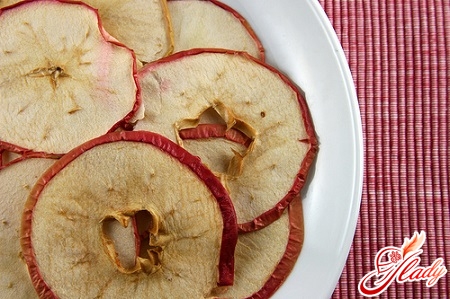
Puree from apple pomace
I would like to elaborate onprocessing of apple cake, left after distilling the juice. If you pre-correctly prepare apples for processing into juice, you do not have to throw out the squeezes, but they are perfectly suited for filling in pies in the winter. So, before distilling apples into juice in any accessible way, again you need to clean them from damage and core. Then the output will turn out both juice and apple puree, quite suitable for making jelly or jam. A little water is added to the squeezes, and this mixture boils for a few minutes. This is not even a full-fledged boiling, but steaming. Sugar is added per 1 kg of puree 600 g of granulated sugar. Then everything boils in a special dish for cooking jam for about half an hour. Completely cooled down and the second time just brought to a boil, immediately poured into sterilized jars. This apple mixture must be rolled up with lids, as it is very delicate and practically contains no fermented acids. You can use it in winter in pies or as an independent dish.
Various flavorings and combinations
We have already considered the main methodsbillets from apples for use in the preparation of pies and other pastries. Now we need to dwell in more detail on various flavor combinations. For example, everyone knows that cinnamon emphasizes the aroma, softens acidity and enhances the taste of apples. A very little added cinnamon powder will make any apple billet fragrant and exquisite. But even more interesting are the domestic preparations from apples for the winter combined with some other berries and fruits. A classic combination is apples and chokeberry. The second gives the final product a beautiful reddish rich shade and some tartness in taste. You can add the juice of mountain ash or just throw a handful of fresh berries. Lingonberry is also ideal for making jam, jelly, puree and other apple dainties. And from fruit the pear is the most suitable. Apple-pear jam with chokeberry for hundreds of years is considered a classic primordially Russian dessert. Proceeding from all above-described, it is possible to draw conclusions, that in preparation of apple semifinished items and desserts for the winter there is nothing difficult and impossible. And it takes quite a bit of time. The necessary products are so accessible and simple that it would be foolish not to spend a little effort and not to melt several jars of flavor and taste of sunny summer and apple autumn.

